Amp it up!
In some situations, the 5W output of a handheld transceiver just doesn’t cut it. You may be too far away from a repeater to hit it consistently, or you may want more range for simplex operation.
One solution to this problem is to get a mobile radio with more output power. Mobile radios, such as the BTECH UV-50X2, have an output power of up to 50 W. Some mobile radios are even higher-powered. A 50 W radio, especially when used with an external antenna, will extend your range quite a bit. The downside, of course, is that purchasing a second radio is an extra expense, one which may not be in your budget.
Another approach is to purchase an amplifier to boost the signal of your HT. In the 1970s and 1980s, Heathkit sold several different types of 2m amplifiers that were designed to boost the signals of low-power “walkie-talkies.” The Heathkit HA-201, for example, output 8 W with a 1 W input signal, and 10 W with a 1.5 W input.
Today’s HTs provide more output power than the walkie-talkies being sold back in the day, but amplifiers are still a good solution for extending their range. If your HT needs a boost, consider one of the BTECH AMP amplifiers. They’re an economical choice at less than $90 each, and provide up to 40 W output.
The AMP series is easy to use, too. Connecting an HT to one of the AMP series amplifiers is very straightforward. There are three ways to do this. The first way is to connect the antenna output of the HT to the RF-IN connector. In this configuration, the amplifier automatically switches between transmit and receive when it senses an RF signal at its input.
The second way is to connect a speaker microphone, headset, or compatible accessory to the radio and then connect the antenna output of the HT to the RF-IN connector on the rear panel of the amplifier. This operation is similar to the first method, but allows you to use an external microphone and speaker.
The third way is to use the amplifier’s speaker microphone. First, connect the speaker microphone to the MIC jack on the front panel of the amplifier. Then, connect to the antenna output of the handheld transceiver to the RF IN connector on the rear panel of the amplifier. Finally, connect the accessory port of your radio to the CONTROL jack on the front panel of the amplifier using the Amplifier Control Cable. This cable keys the HT via the PTT line and provides audio both to and from the HT. This is the configuration that you would probably use in a more permanent mobile installation.
In addition to providing a higher power output signal, harmonic filters on the input allow the amplifier to transmit a cleaner output signal. The amplifier is so well engineered that in most circumstances it transmits a cleaner, purer signal then it receives from your handheld radio.
There are five different models in the AMP series, and to select the correct amplifier for your application, you’ll need to know which band and which mode you’ll be operating. For example, if you’ll be using the amplifier for 2m analog FM operation, you’ll want the BTECH AMP-V25. On the other hand, if you’ll be operating a DMR radio on the 70 cm band, you want the BTECH AMP-U25D. If you need help choosing the right amp, don’t hesitate to contact us.


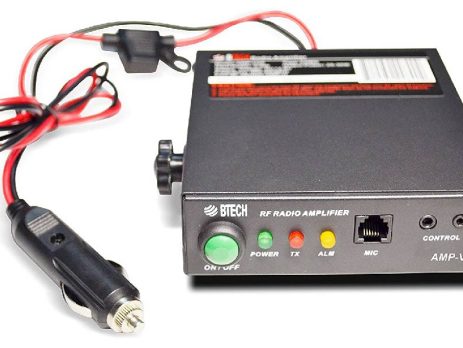
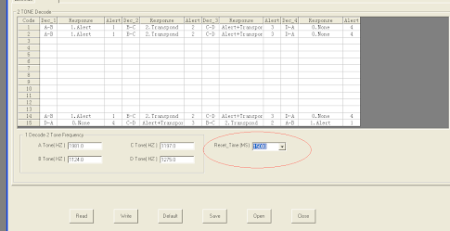


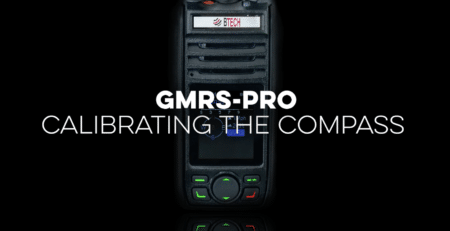
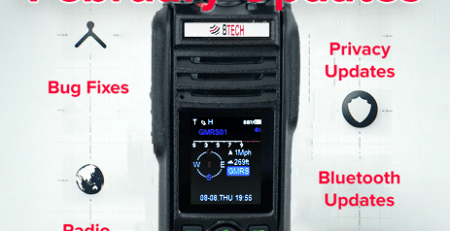

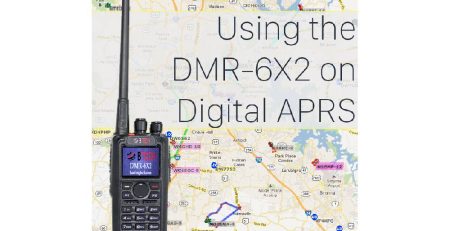
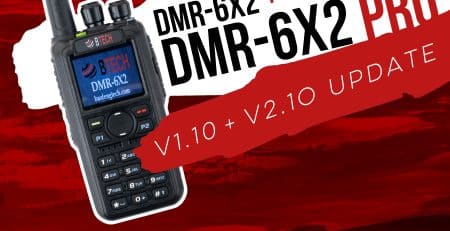
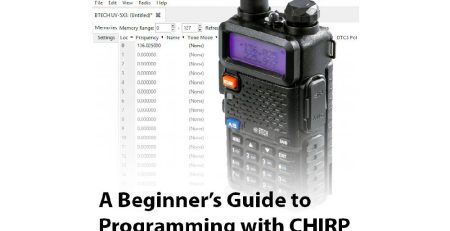





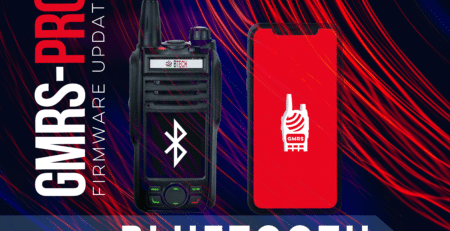

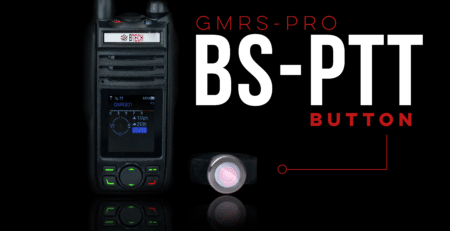


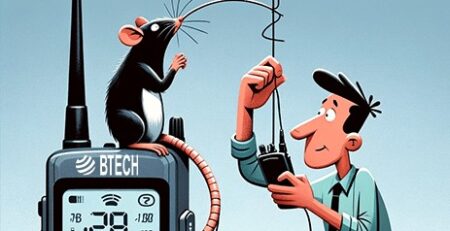

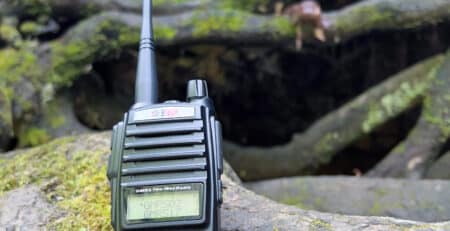

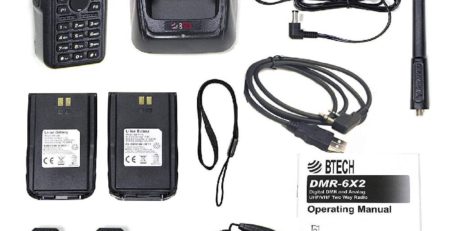

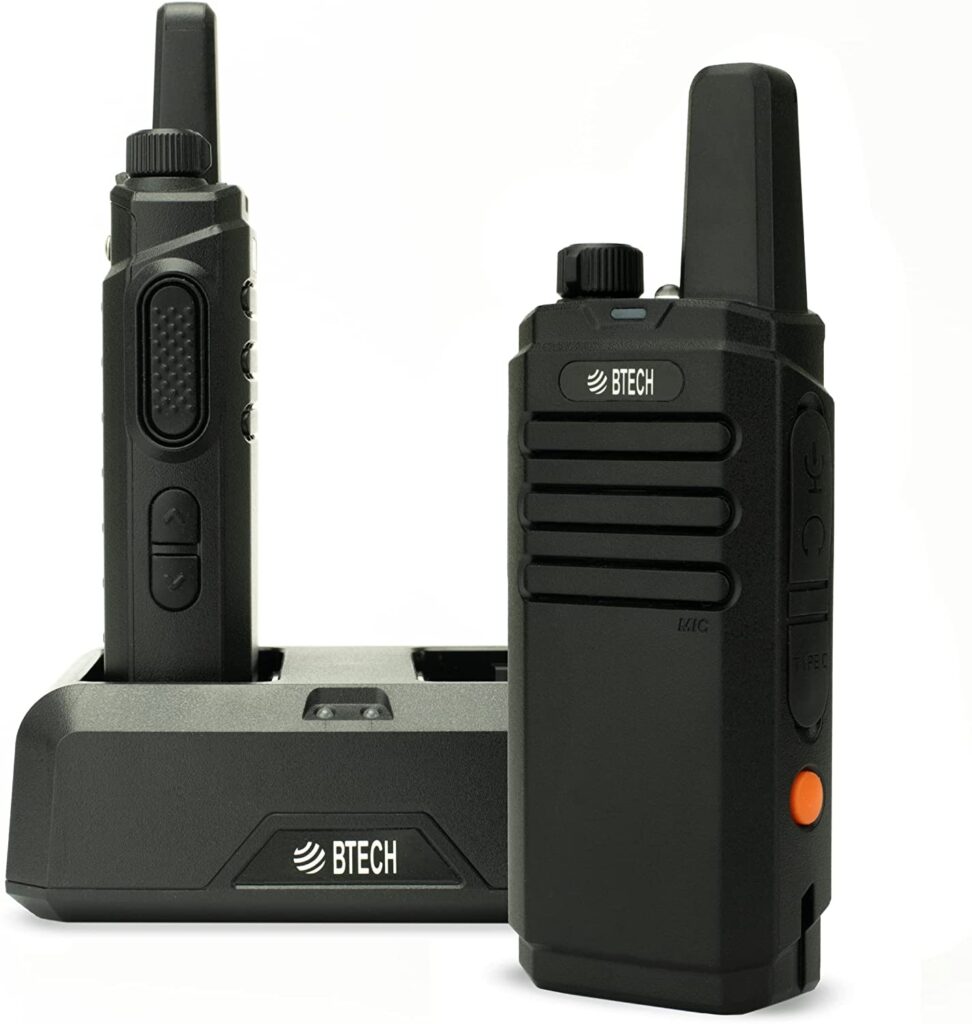
Comments (7)
Can i use this amp on my revetis 97s to increase the out put power i have the u25d thank you,
Tim
Yes, but ensure the input power is 6W or less
Will not work with UV-82 style radios with Dual PTT.
What size is the mic jack on the front of this amp. RJ45 doesn’t fit.
It uses a Yaesu RJ11 wiring standard
do you have an amplifier for both bands UHF and VHF?
No we do not at this time